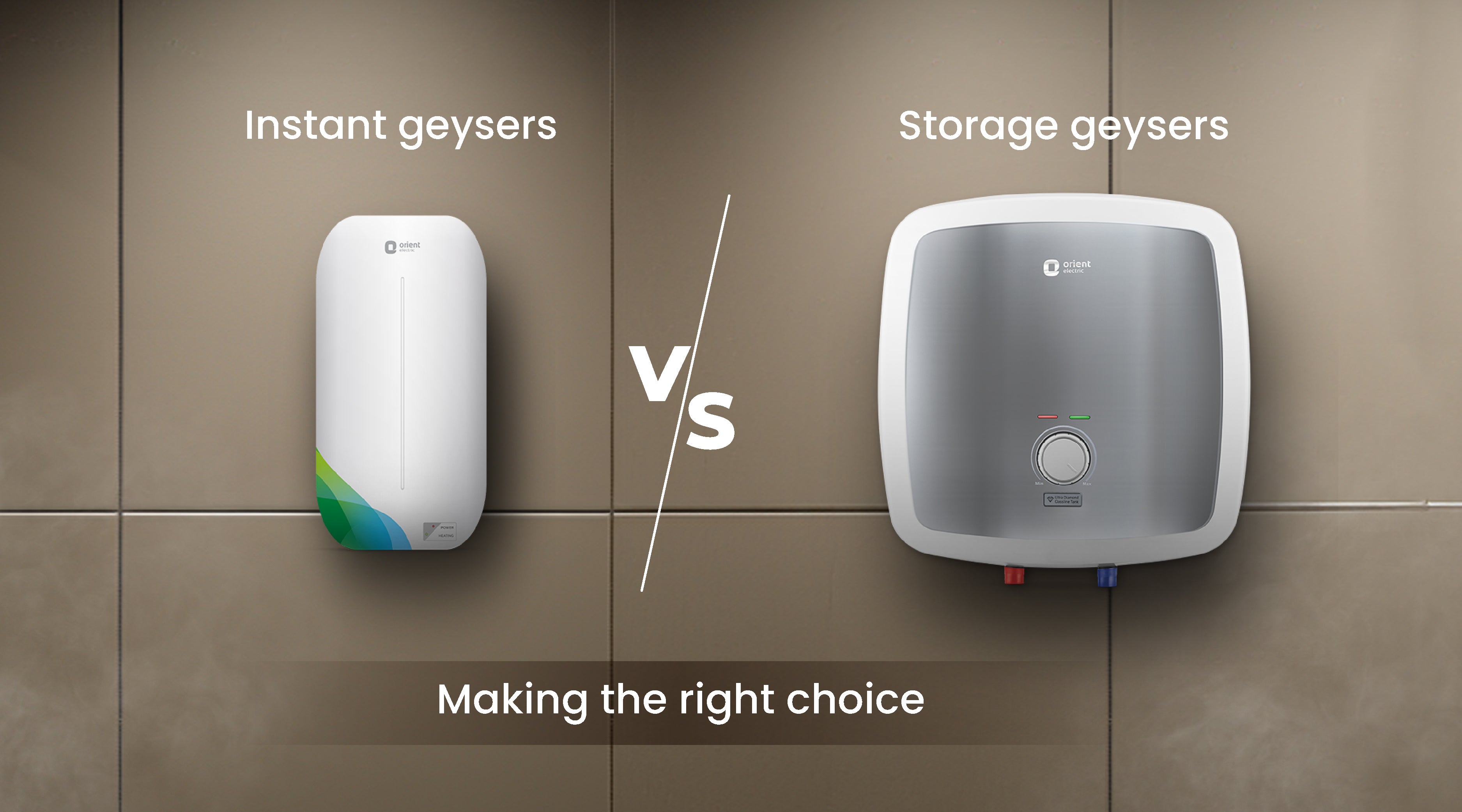How to Choose the Right Geyser to Optimize Energy Efficiency in your house
From comprehending the various types of geysers, to evaluating their energy performance scores and considering positioning strategy, each choice plays a vital duty in optimizing effectiveness. Let's get started on this trip to uncover just how to make the most educated selection for a geyser that will lower your power bills while making certain optimum performance.

Understanding the Various Kinds of Geyser
While there are different kinds of geysers available on the market, comprehending the distinctions in between them is essential for energy efficiency (geyser sizes). The very first type, storage hot springs, are the most typical and shop warm water in a storage tank for usage when needed. They are available in different capacities and are typically energy-efficient, however they can lose warmth when not in usage
The 2nd kind is the tankless geyser, which heats water on need, resulting in less energy waste however calling for a higher initial power draw. Finally, there are heatpump hot springs that utilize power to relocate heat from one location to another as opposed to producing warmth directly. They can be 2 to three times more power reliable than traditional storage hot springs. Solar geysers make use of solar energy to heat up the water, making them the most energy-efficient however additionally the most costly.
Evaluating Your Family's Hot Water Needs
Prior to diving right into the purchase of a geyser, it is essential to analyze the warm water demands of your home. This assessment ought to take into consideration numerous variables consisting of the number of family participants, frequency of warm water usage, and the variety of warm water outlets in the home (geyser sizes). A tiny family members with irregular warm water use might call for a smaller, much less powerful geyser compared to a bigger family with several daily warm water needs
The kind of home appliances that require warm water also play a substantial duty. Dishwashing machines and cleaning makers, for instance, might call for more warm water than an easy shower or cooking area sink. Specific tasks such as showering or cleansing additionally influence the regularity and volume of warm water needed.
Examining Power Efficiency Scores of Geyser
Having examined the warm water requirements of your house, it's crucial to transform your attention to the energy performance scores of hot springs. These scores, typically offered as Power Element (EF), suggest a hot spring's total energy efficiency based on the quantity of warm water produced per system of fuel eaten over a regular day. The higher the EF, the much more reliable the hot water heater.

Considerations in Geyser Size and Positioning
Beyond power performance scores, the dimension and placement of your geyser are vital components to click here to find out more take into consideration. The dimension of the geyser must align with your household's hot water needs. A tiny geyser might make use of much less energy but may not give sufficient warm water for numerous usages at the same time, whereas a larger unit can fulfill better need but might consume more power.
Geysers need to be set up close to points of usage to reduce warmth loss during water transportation. Additionally, thinking about thermal insulation, a hot spring located in a warmer location loses much less warm and therefore makes use of less power to preserve the water temperature level.
Expense Evaluation: Balancing First Investment and Long-Term Financial Savings
While dimension and placement most certainly play considerable duties in a hot spring's have a peek at these guys energy effectiveness, one must not ignore the financial element. When considering the preliminary financial investment, the cost of energy-efficient geysers can be more than basic versions. The increased upfront expense can be countered by long-term power financial savings, making it a worthwhile investment in the recommended you read lengthy run (geyser sizes).
Assessing long-term cost savings calls for an understanding of the geyser's energy ranking. A home appliance with a greater rating will take in much less power, converting to lower utility expenses gradually. Furthermore, government incentives and rebates for energy-efficient home appliances can likewise aid redeem first costs.
Ultimately, upkeep and life-span should be factored in. Energy-efficient geysers frequently have longer lifespans and lower maintenance costs, adding to overall cost savings. For that reason, when balancing initial investment and long-term savings, one need to think about not just the purchase price but also power usage, government rewards, and maintenance costs.

Verdict
These include understanding the kinds of geysers, assessing your household's hot water requirements, reviewing power effectiveness rankings, and determining cost advantages. The right geyser size, positioning, and insulation can considerably decrease power expenses and ecological effect.